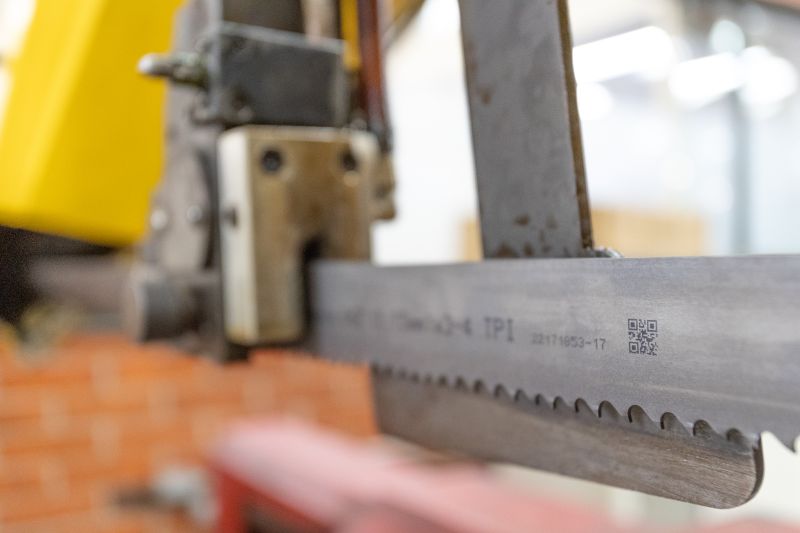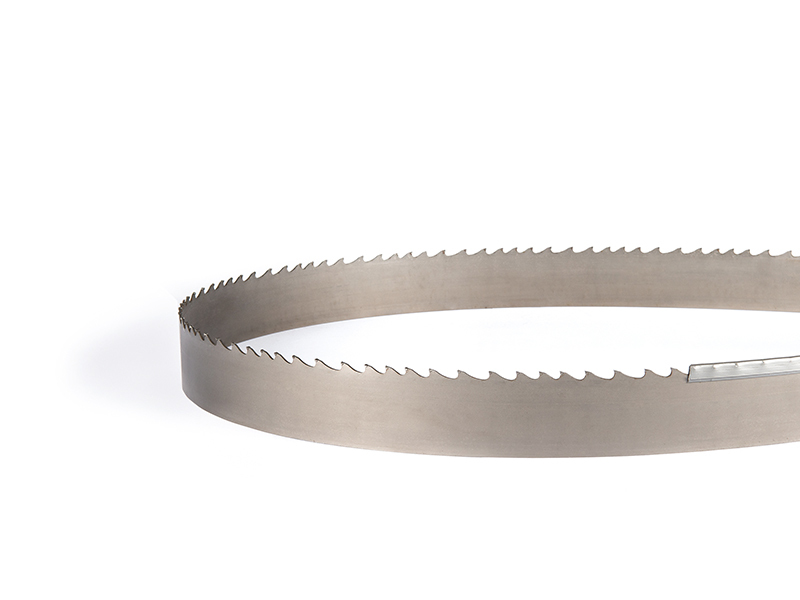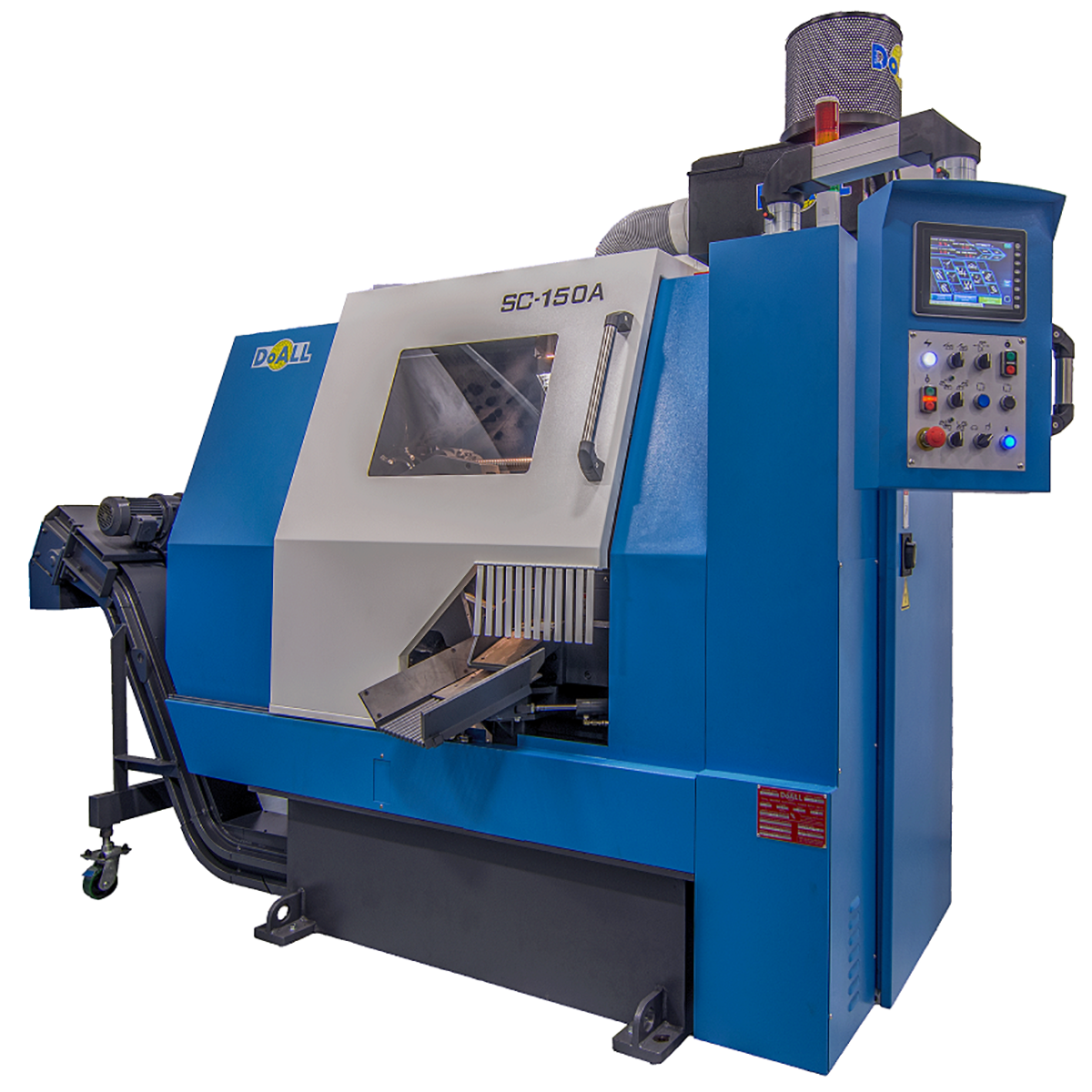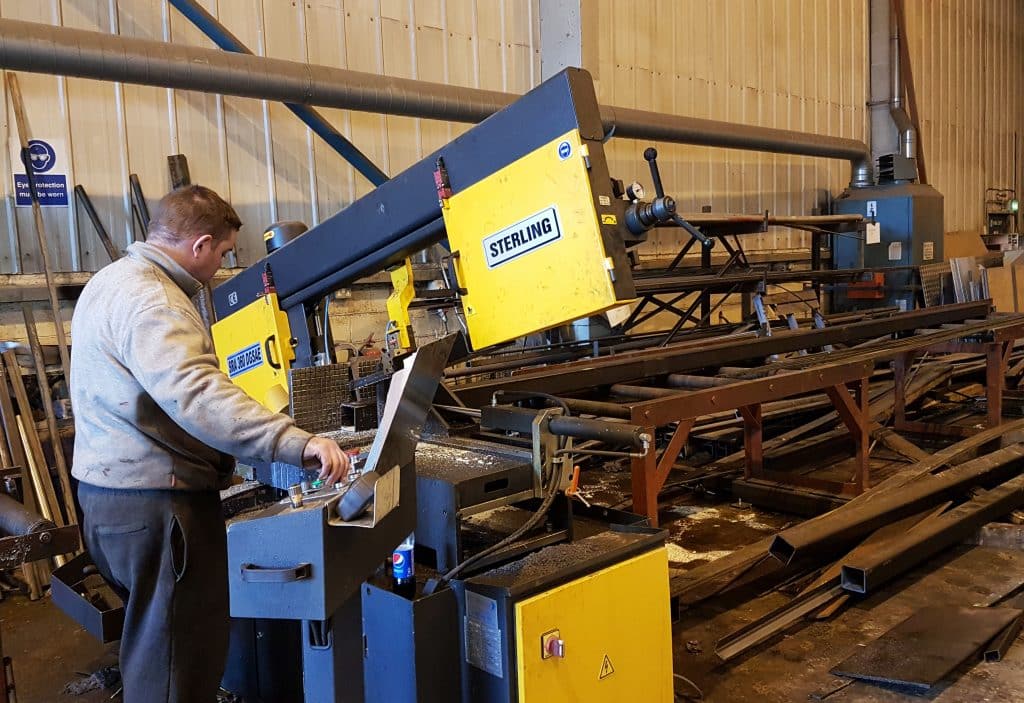Starrett, a manufacturer of saws, tools and measuring instruments, has invested $1 million in German technology with the purchase of a new manufacturing line to produce bi-metal steel with laser welding. With the acquisition of this new equipment, the expectation is that the bi-metal steel production capacity will increase by around 25%. This increased production capacity will boost exports of finished saw blades, meeting demand from Europe and the rest of the world.
According to industrial director Cláudio Luis Guarnieri “the new line will start operating in September”.
Starrett also has another process to produce steel: the Bimetal Unique line. This patented process is used in the manufacturing of saw blades that have advanced technology for cutting metals and other materials. In studies developed in Starrett laboratories, a saw blade produced with Bimetal Unique steel shows 22% superior durability and a 20% faster cutting time.
Last year, Starrett invested $1 million in new machinery for this patented line. In addition to generating new business, the upgrade of the machines aligns with Starrett’s vision and values of investing resources and technology in research and development.
“When investments are made, besides increasing industry sales, it also means updated technology, consequently improving the quality of our tools for the consumer,” says Guarnieri. “Offering a product with high performance is the main goal of industry.”
For further information www.starrett.co.uk



















